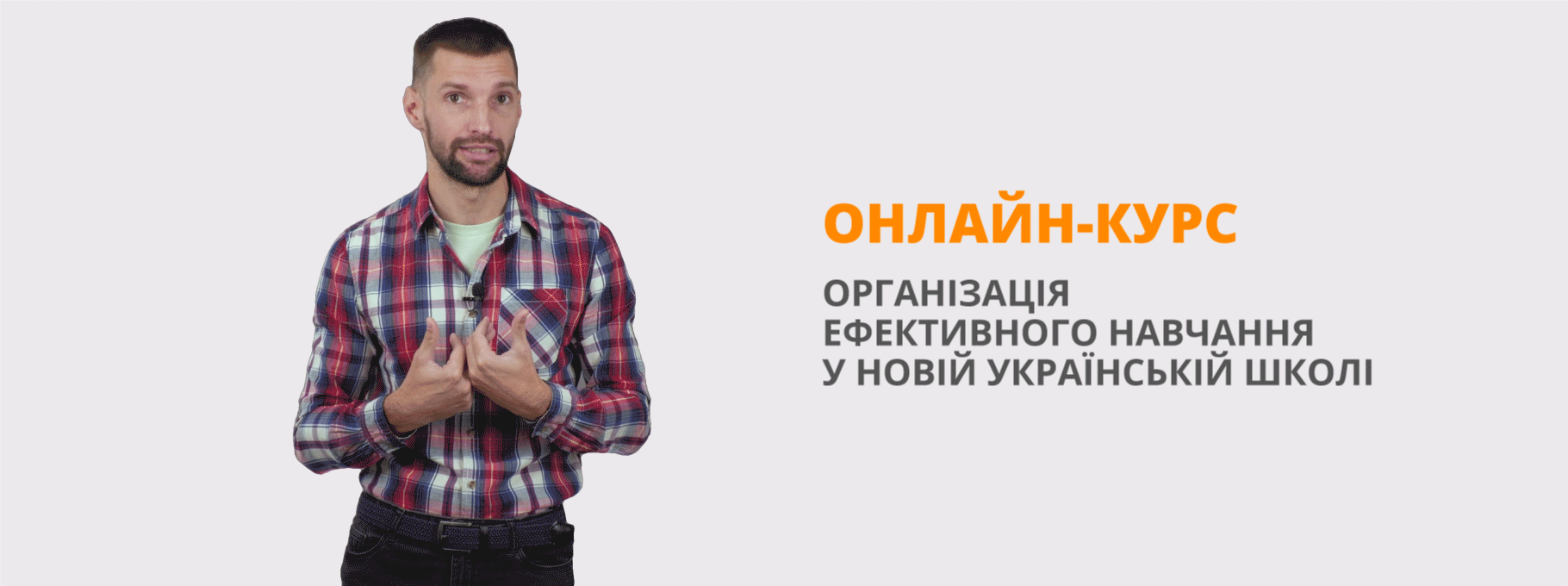All Clear 7 Unit 2
1 You can ______________ a lot of data on a memory stick.
2 My friends all ______________ e-books.
3 I often ______________ comments on blogs.
4 You can ______________ some great video clips from the internet.
5 I can ______________ emails from my mobile phone.
6 I can also use it to ______________ digital photos.
1 A ______________ collects and delivers letters and parcels.
2 You visit a ______________ when you are ill.
3 A ______________ writes articles for a newspaper.
4 My uncle works in construction. He’s a ______________ .
5 Picasso was a famous ______________ .
6 A ______________ helps people who are in trouble with the police.
7 If you have problems with your lights or heating, you call an ______________ .
8 Javier Bardem is a famous ______________ .
1 ______________ you at the party on Friday?
2 No I ______________ not. I stayed at home.
3 ______________ your friends at the party?
4 No, they ______________ .
5 ______________ she late for school yesterday?
6 Yes, she ______________ .
I (1) ______________ (buy) a new digital camera last Saturday. It was quite expensive but it is a very good camera. It (2) ______________ (cost) more than £200. I was very excited! I (3) ______________ (take) it home and (4) ______________ (read) the instructions. Then I (5) ______________ (go) to the park with my friends. I took a lot of pictures and (6) © Macmillan Publishers Limited, 2015 ______________ (upload) them onto the internet.
Everyone watches television. It’s a very important part of everyday life and it is difficult to imagine life without television. Today, we have digital television and you can also watch television programmes on your personal computer. But do you know who invented the first television system, and when it was invented? The Scottish engineer, John Logie Baird, is often known as ‘the father of television’ because he invented the world’s first working television system. Baird was born in 1888 near Glasgow, Scotland. As a young man he was very interested in technology. He studied at the West of Scotland Technical College and later at Glasgow University. Unfortunately, he did not complete his studies because World War 1 began in 1914. After the war, Baird moved to England and began working to develop a television system. In 1923, in the town of Hastings on the south coast of England, Baird transmitted a moving image for the first time, and in 1925 he transmitted the world’s first television picture. In 1927, Baird sent a long-distance television signal using telephone lines from London to Glasgow, a distance of 438 miles (705 kilometres). In the following year, he sent a picture from London to New York. In the same year the Baird Television Development Company made the first television programme for the BBC. In 1939, Baird helped to develop colour television. He also invented a video recording system. Baird invented a number of other things, including thermal socks! He died in 1946.
1 Where was John Logie Baird born?
a) near Glasgow b) near London
2 How old was he when he died?
a) 58 b) 78
3 When did he transmit a moving image for the first time?
a) 1923 b) 1925
4 Who made the first television programme for the BBC?
a) John Logie Baird b) the Baird Television Development Company
5 When did Baird transmit the world’s first television picture?
a) 1923 b) 1925
6 How far is it from London to Glasgow?
a) more than 700 km b) almost 800 km
7 When did Baird send a picture from London to New York?
a) 1927 b) 1928

Створюйте онлайн-тести
для контролю знань і залучення учнів
до активної роботи у класі та вдома

















